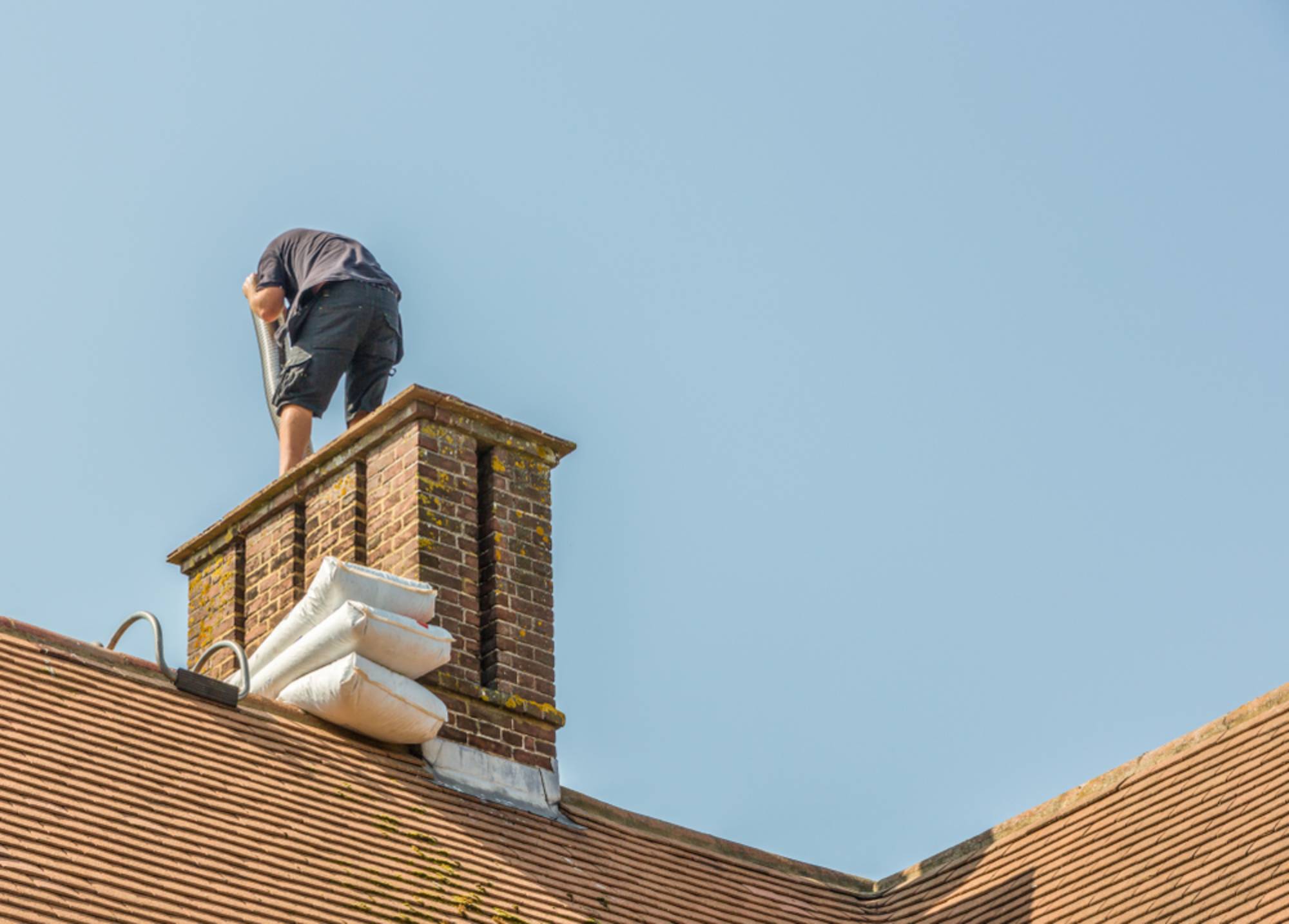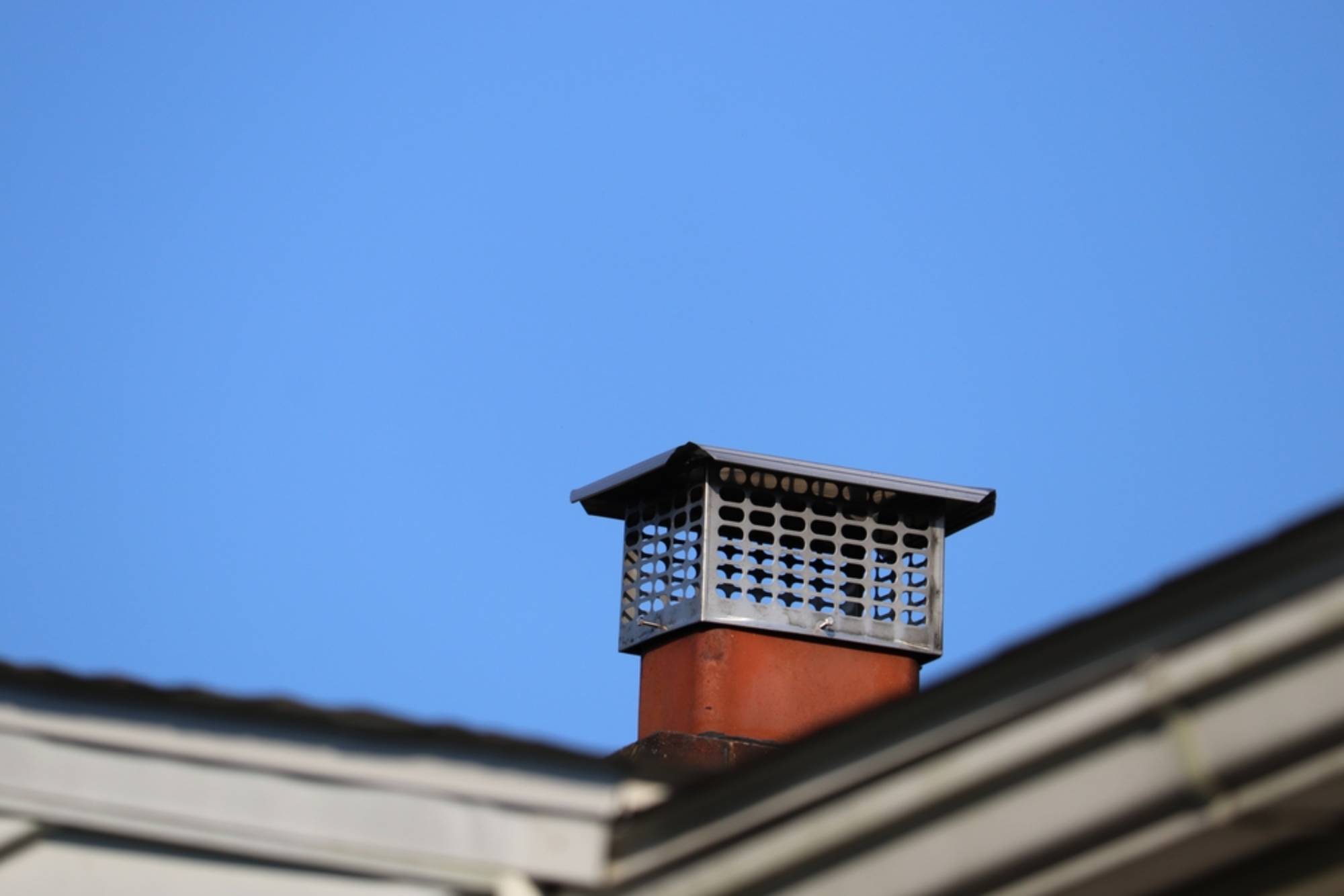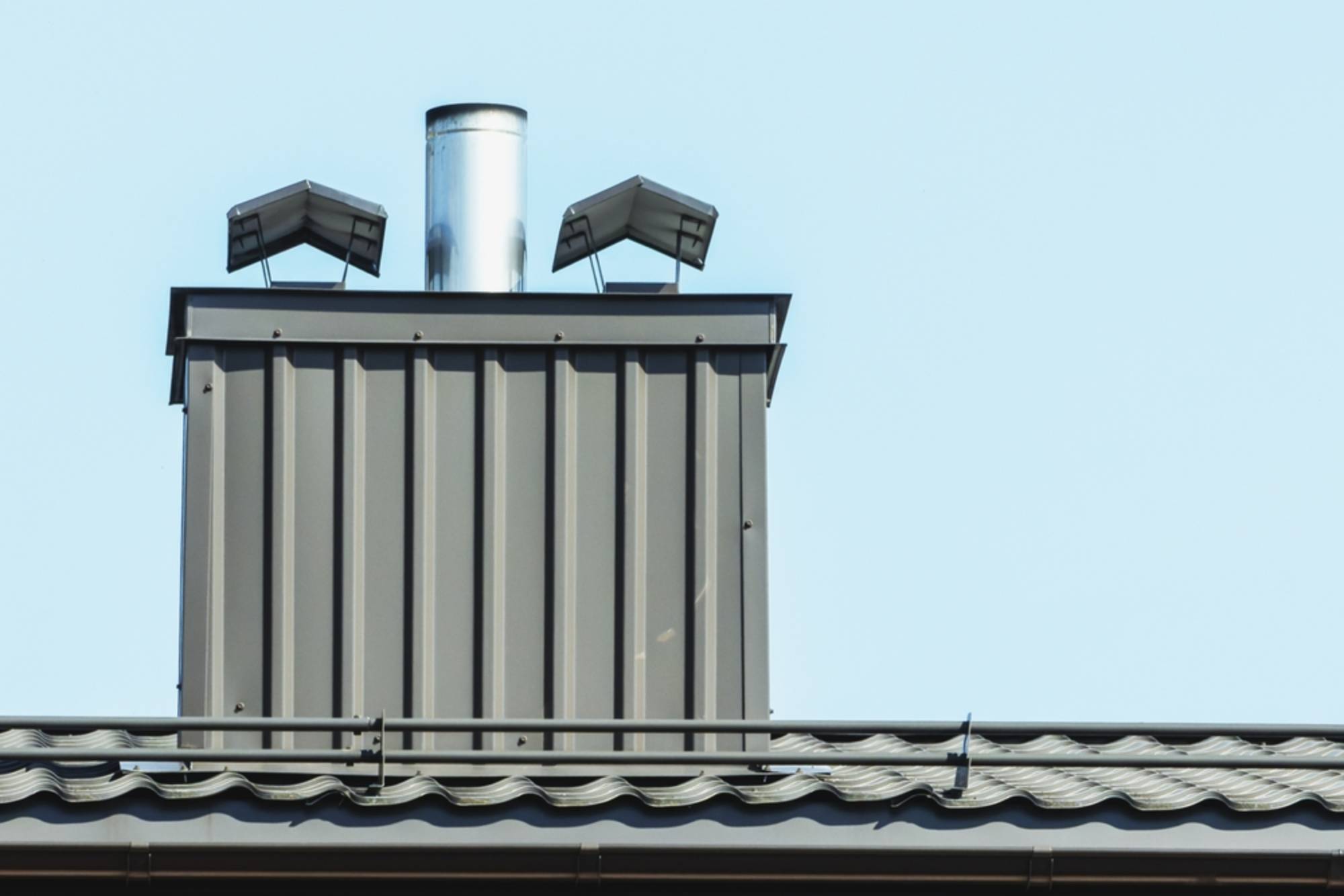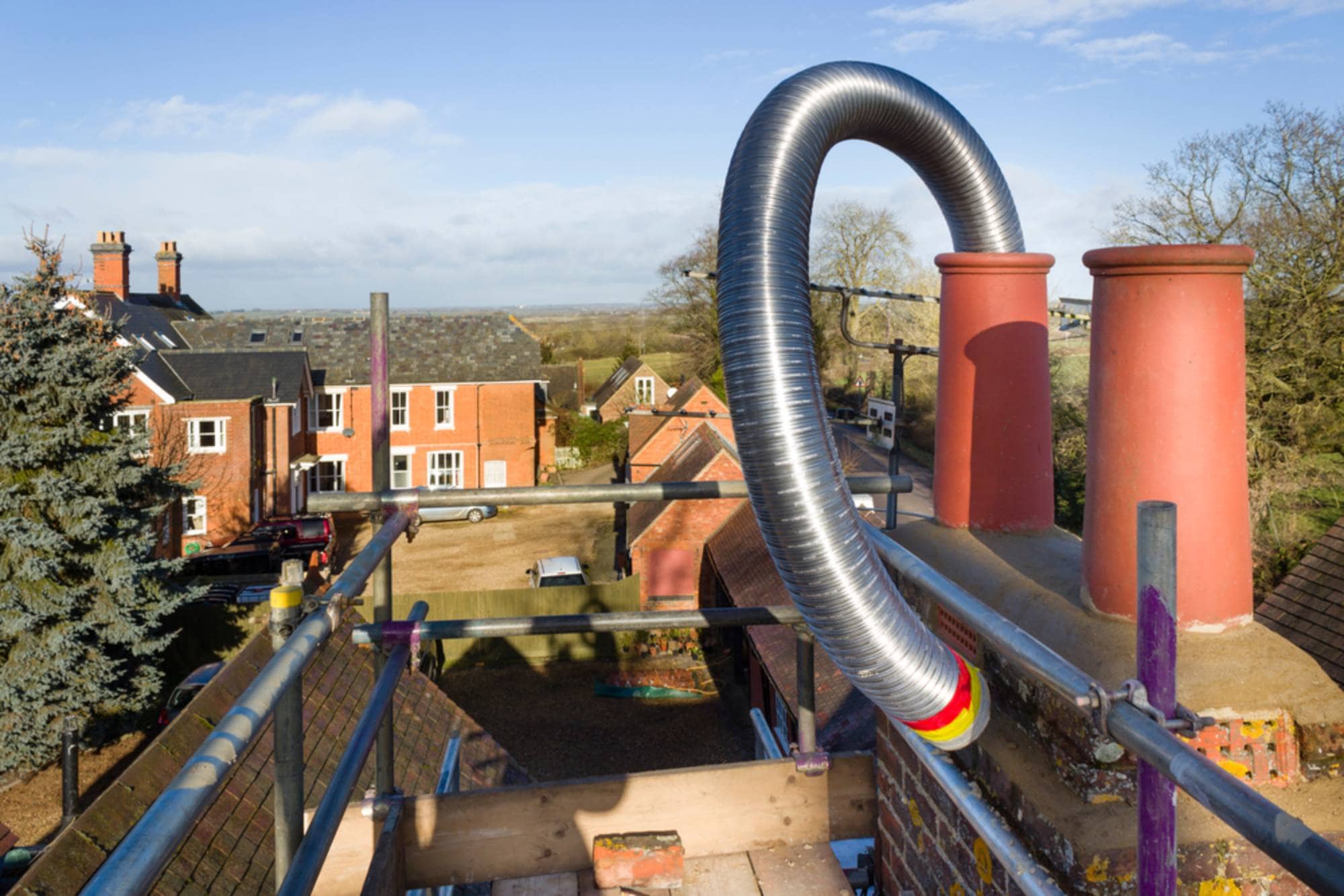Protect your family with certified chimney liner installation that prevents fires, improves efficiency, and ensures proper ventilation for decades.

Hear from Our Customers

A properly installed chimney liner creates a protective barrier between dangerous combustion gases and your home’s structure. You get consistent, safe ventilation that prevents carbon monoxide intrusion and eliminates the risk of heat transfer to combustible materials.
Your heating system operates more efficiently with the right liner size and material. Whether you’re running a wood-burning fireplace, gas furnace, or oil heating system, the correct liner ensures optimal draft and performance while extending your chimney’s lifespan by decades.
Most importantly, you gain peace of mind knowing your family is protected from chimney fires and toxic gas exposure—two serious risks that come with damaged or missing liners.
We’ve served Providence County families for years, understanding exactly how Rhode Island’s coastal climate affects chimney systems. We know the freeze-thaw cycles that crack masonry and the moisture patterns that damage liners.
Our CSIA-certified technicians bring over 25 years of experience to every installation. We’re not just another chimney company—we’re neighbors who understand that your family’s safety depends on getting this job done right the first time.
You’ll work directly with professionals who explain everything clearly, answer your questions patiently, and never pressure you into unnecessary services. That’s how we’ve built our reputation throughout Providence County.

We start with a thorough inspection of your existing chimney structure. This tells us the exact liner size you need, whether any masonry repairs are required, and which material—stainless steel, aluminum, or cast-in-place—works best for your specific heating system.
Next, we remove any damaged or deteriorating liner materials and prepare the chimney interior. Our technicians use professional-grade equipment to ensure proper sizing and secure connections from the appliance to the chimney top.
The new liner gets installed with precision connections at both the smoke chamber and chimney crown. We test the system thoroughly before cleanup, ensuring proper draft and safety compliance. Most installations complete in just a few hours, giving you immediate protection and improved efficiency.

Ready to get started?
Your chimney liner installation includes a complete system designed for your specific heating appliance. We provide high-grade stainless steel liners that resist corrosion, handle high temperatures, and last for decades with proper maintenance.
In Providence County, we see unique challenges from coastal moisture and winter freeze-thaw cycles. That’s why we use materials specifically chosen for Rhode Island’s climate conditions. Your installation includes proper insulation where needed, secure top and bottom connections, and all necessary hardware for code compliance.
We also provide detailed documentation of your installation, including warranty information and maintenance recommendations. You’ll know exactly what was installed, why those materials were chosen, and how to keep your system operating safely for years to come.
